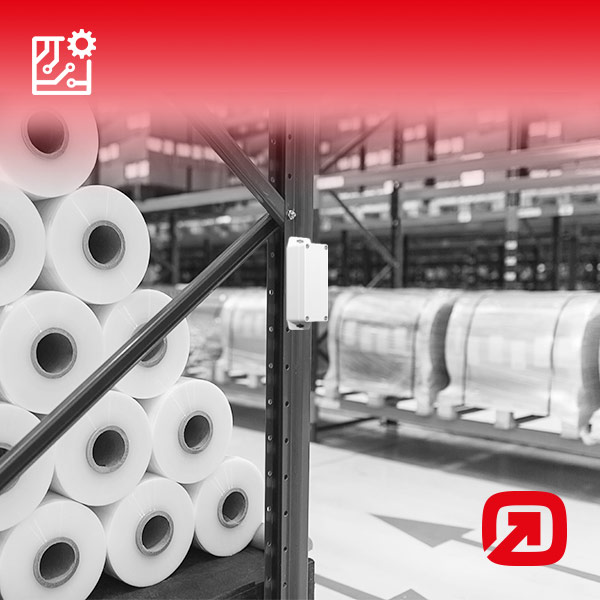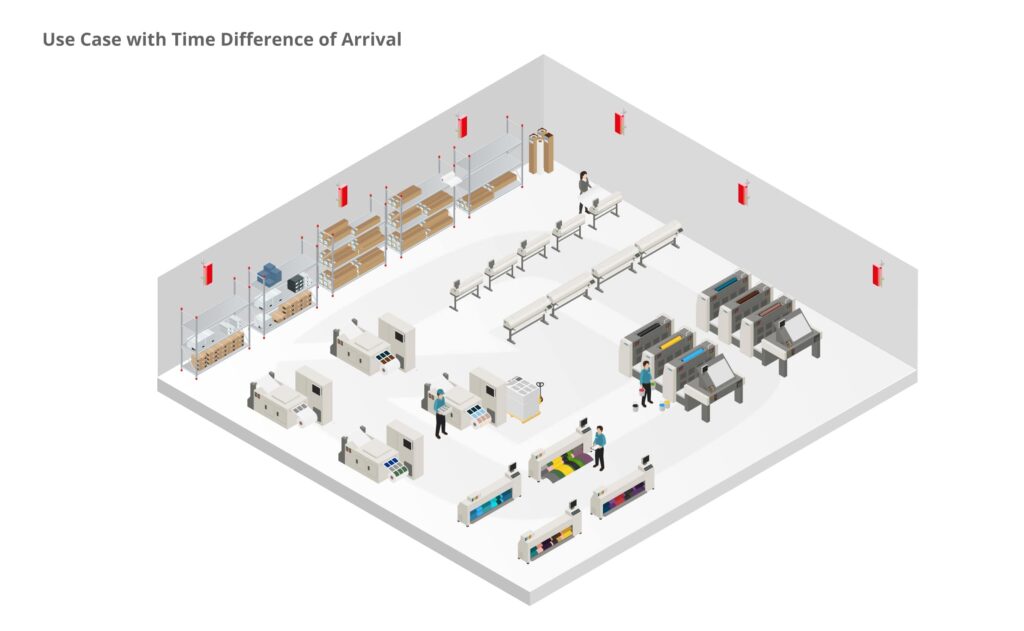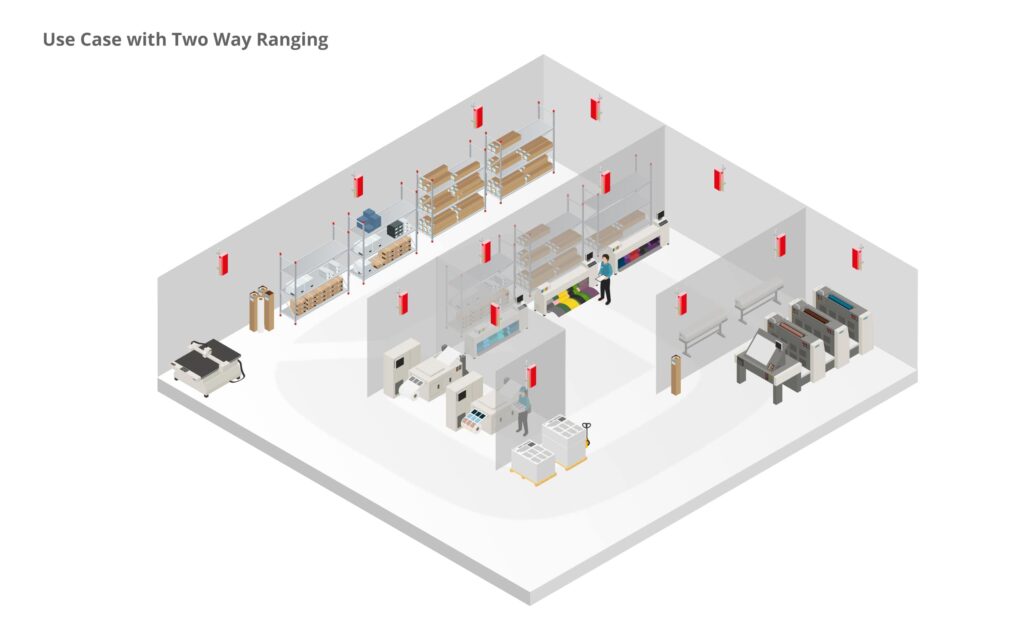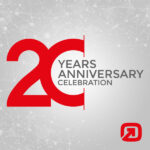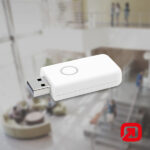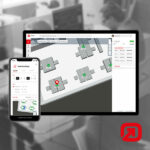Ultra-wideband is a type of short-range radio communication that can be used for indoor localization. In contrast to Bluetooth Low Energy and Wi-Fi, the position determination is not based on the measurement of signal strengths (Receive Signal Strength Indicator, RSSI), but on a runtime method (Time of Flight, ToF). The light propagation time between an object and several receivers (Anchors – infsoft Locator Nodes) is measured. At least three receivers are required for the exact localization of an object using trilateration. There must also be a direct line of sight between the receiver and transmitter.
When using Ultra-wideband, there are two types of localization techniques – Time Difference of Arrival (TDoA) and Two Way Ranging (TWR). With the TDoA method, the UWB tag sends data packets to the infsoft Locator Nodes (Anchor) in the environment. All anchors in the vicinity receive the signal of the UWB tag, but do not send back any signals. Since the anchors are at different intervals from the Tag, the message reaches each anchor at a different time. These time differences multiplied by the constant speed of light in space give the distance between Tag and anchor and form the basis for the multilateration calculation to determine the X, Y and Z coordinates of the Tag. The decisive factor here is that all locator tags must work synchronously, otherwise the results are meaningless.
The properties of both methods are translated into real advantages and disadvantages for an RTLS application.
1. ACCURACY
Ultra-wideband (UWB) radio technology enables us to locate objects indoors and outdoors with an accuracy of < 30 cm. Both the Time Difference of Arrival (TDoA) and the Two Way Ranging method are able to achieve this accuracy. Due to offsets in the TDOA method, which result from the temperature dependence of the speed of light, the Two Way Ranging locating technique is more accurate overall.
2. SCALABILITY – NUMBER OF TAGS
Time Difference of Arrival sends a blink message (kind of probe request) which uses a small timeperiod. A high number of tags can transmit the signal within the frame rate. Any tag can be used.
Two Way Ranging sends a series of messages between devices, resulting in a limited number of tags that can transmit the signal within the refresh rate (time synchronization must be implemented).
3. SCALABILITY – SIZE OF AREA
Time Difference of Arrival is able to add Anchor to the system without changing the system or settings.
Two Way Ranging requires that all anchors in the system communicate directly with the master anchor. The communication area between anchor and master anchor limits the size of the area. When using a UWB system with infsoft Locator Nodes, each Locator Node communicates with the server.
4. ROBUSTNESS
Time Difference of Arrival requires a very precise time synchronization of the anchor, which negatively affects the robustness. As already mentioned, one of the essential requirements of the TDoA method is to keep the anchors in sync.
Two Way Ranging does not require synchronization of the anchor, which increases the robustness of the system.
5. BATTERY LIFE
Time Difference of Arrival only requires a flashing message to locate the tag, extending battery life to several years.
With the Two Way Ranging method, the UWB tag must send and receive the signals of the anchors several times. TWR requires the exchange of 9 messages to localize the UWB tag, which drastically reduces battery life.
6. EASE OF USE
Adding additional anchors or tags with Time Difference of Arrival only requires measuring the position of the anchor or assigning an ID to a tag.
Adding additional anchors or tags requires explicit programming on the server for communication between anchors and tags. This is not the case for provisioning using locator nodes. The insertion of additional anchors is also no problem.
CONCLUSION
As illustrated, each of the localization techniques has its individual advantages and disadvantages. While the TWR method shows its strength in robustness, the TdoA method has its advantages in applicability to large projects and battery life. In the end, the choice should be made according to the project requirements. If, for example, the maintenance effort should be kept low, the TdoA method is recommended. In this case, the battery life is technologically very long and the maintenance effort is reduced. This can be a cost factor, especially in large projects.

